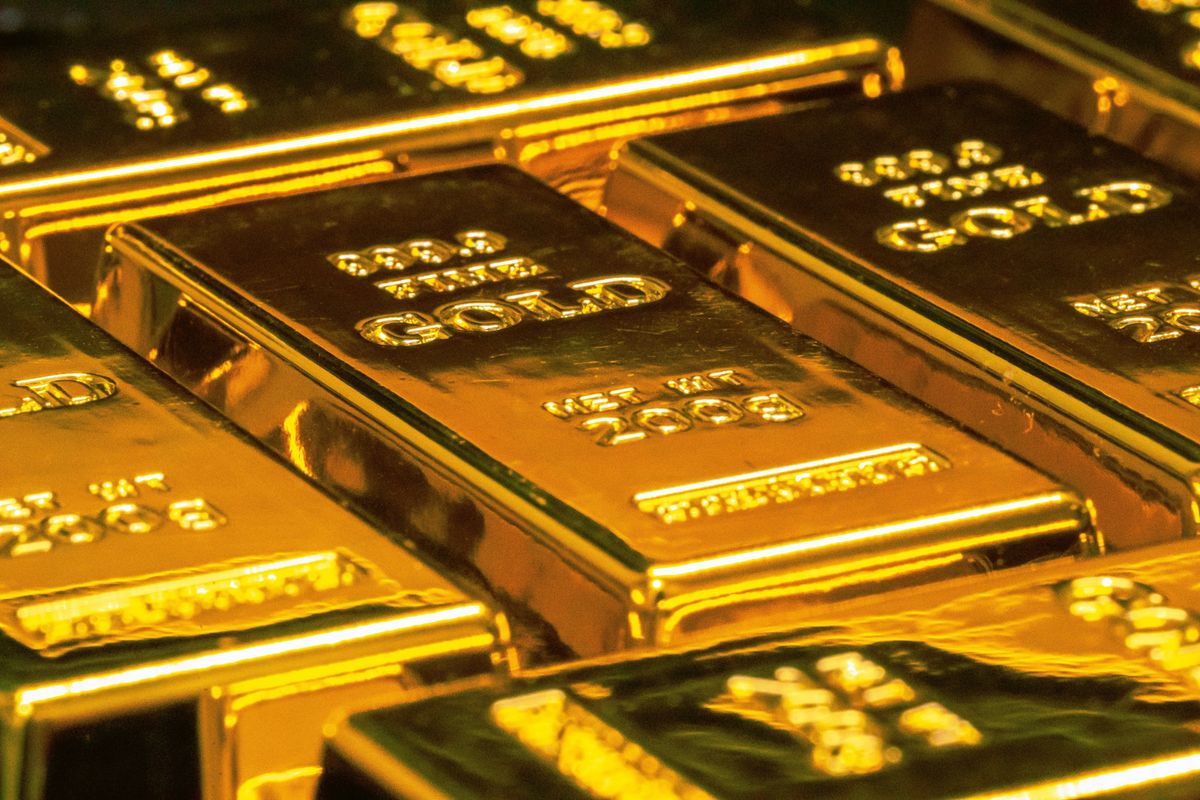Price Surge or Doldrums? What's in Store for Gold This Summer
Is the gold price set to move higher as geopolitical tensions ramp up, or will the yellow metal take a summer breather?

The gold price has had a record run in 2025, already up 28 percent after last year's 27 percent climb.
Escalating geopolitical risks, continued central bank accumulation and inflationary concerns are converging to reshape the precious metals market, sparking questions about gold's potential in the second half of the year.
"Gold's current record-breaking bull market has clearly pulled in speculative traders betting that these price gains will continue," said Adrian Ash, director of research at BullionVault.
Still, for long-term investors, the appeal goes beyond momentum. Ash added, "It’s always a good time to buy gold … for diversification, as risk insurance, an inflation hedge, or a long-term bull market."
Global instability provides safe-haven support
Intensifying geopolitical conflict is one factor helping propel gold's sustained price surge.
Missile exchanges between Israel and Iran have raised fears of a broader regional war, and the recent US strike on Iran's nuclear facilities has only furthered this speculation.
"People across the world have woken to worrying news coming out of the Middle East," said Rick Kanda, managing director at the Gold Bullion Company. "In most cases, geopolitical events have damaging impacts on stocks and investments; however, this isn’t the case for gold."
According to the World Gold Council's (WGC) latest central bank gold reserves survey, 95 percent of respondents believe gold reserves will rise in the next 12 months, with 43 percent expecting to boost their holdings.
This strong institutional appetite reinforces a broader shift away from the US dollar.
JPMorgan (NYSE:JPM) forecasts that central bank gold purchases will total around 900 metric tons in 2025.
"Add in economic, trade and U.S. policy uncertainty and shifting, more unpredictable geopolitical alliances and we think further diversification into gold will amount to around 900 tonnes of CB buying in 2025," said Gregory Shearer, the firm’s head of base and precious metals strategy, in a recent note.
Although WGC statistics show that central banks only added a net 12 metric tons to their reserves in April, analysts caution against over-interpreting short-term fluctuations. Strategic reserve building for instance, particularly in nations like Poland and India, continues to drive longer-term accumulation.
Gold vs. inflation: Hedge or hype?
In the UK, inflation spiked past 3 percent in April and May, well above the Bank of England’s 2 percent target. Similar pressures persist in the US and Eurozone.
In this context, gold’s role as an inflation hedge has re-entered mainstream financial discourse.
The gold-silver ratio, which is hovering near 90, is also catching attention. Historically, readings above 80 have preceded silver price rallies, suggesting gold's relative outperformance may not last indefinitely.
Silver, which has lagged gold's meteoric rise, may present a complementary opportunity for investors.
Unlike gold, silver is an industrial metal, heavily used in sectors such as solar energy and electric vehicles, positioning it to benefit from global green investment trends.
AI adds industrial appeal for precious metals
Even gold is seeing renewed industrial demand thanks to artificial intelligence (AI).
The WGC highlights that data centers and AI hardware now consume significant volumes of gold for semiconductors due to the metal's strong conductivity and corrosion resistance.
"Gold's superior conductivity ensures that data can be processed and transmitted at high speed with minimal energy loss," wrote Louise Street and Trevor Keel of the WGC. "Furthermore, gold's resistance to corrosion ensures component longevity and durability — critical for continuous and intensive AI applications."
This tech angle may also explain rising investor interest in platinum and palladium, metals that are rebounding in value on the back of demand for hydrogen fuel cells, automotive catalysts and other cleantech applications.
Profit taking or continued upside?
Gold has gained 44 percent in dollar terms over the past 12 months, beating the S&P 500 (INDEXSP:.INX).
While there's plenty of optimism about the future, the precious metal's performance has sparked debate about whether current levels near US$3,400 per ounce are sustainable.
For its part, JPMorgan sees more upside, projecting that gold will average US$3,675 by the fourth quarter of the year, and will potentially hit US$4,000 by mid-2026. "We remain deeply convinced of a continued structural bull case for gold," said Natasha Kaneva, head of global commodities strategy at the firm. "We still think risks are skewed toward an earlier overshoot of our forecasts if demand continues to surprise."
Nevertheless, short-term pullbacks are possible. "Gold's rally shows fatigue," said Nikos Tzabouras, senior market analyst at Tradu.com, pointing to recent weekly losses in a MoneyWeek article.
The US Federal Reserve's decision to keep interest rates unchanged has also supported the dollar, creating a more competitive environment for gold, which tends to thrive in lower-rate environments.
With the second half of the year ahead, the big question remains: Will gold extend its gains to break through the symbolic US$4,000 mark, or will macro fatigue and profit taking stall its climb?
Either way, gold has once again asserted its relevance in a rapidly changing — or even destabilizing — global order.
Don’t forget to follow us @INN_Resource for real-time updates!
Securities Disclosure: I, Giann Liguid, hold no direct investment interest in any company mentioned in this article.





